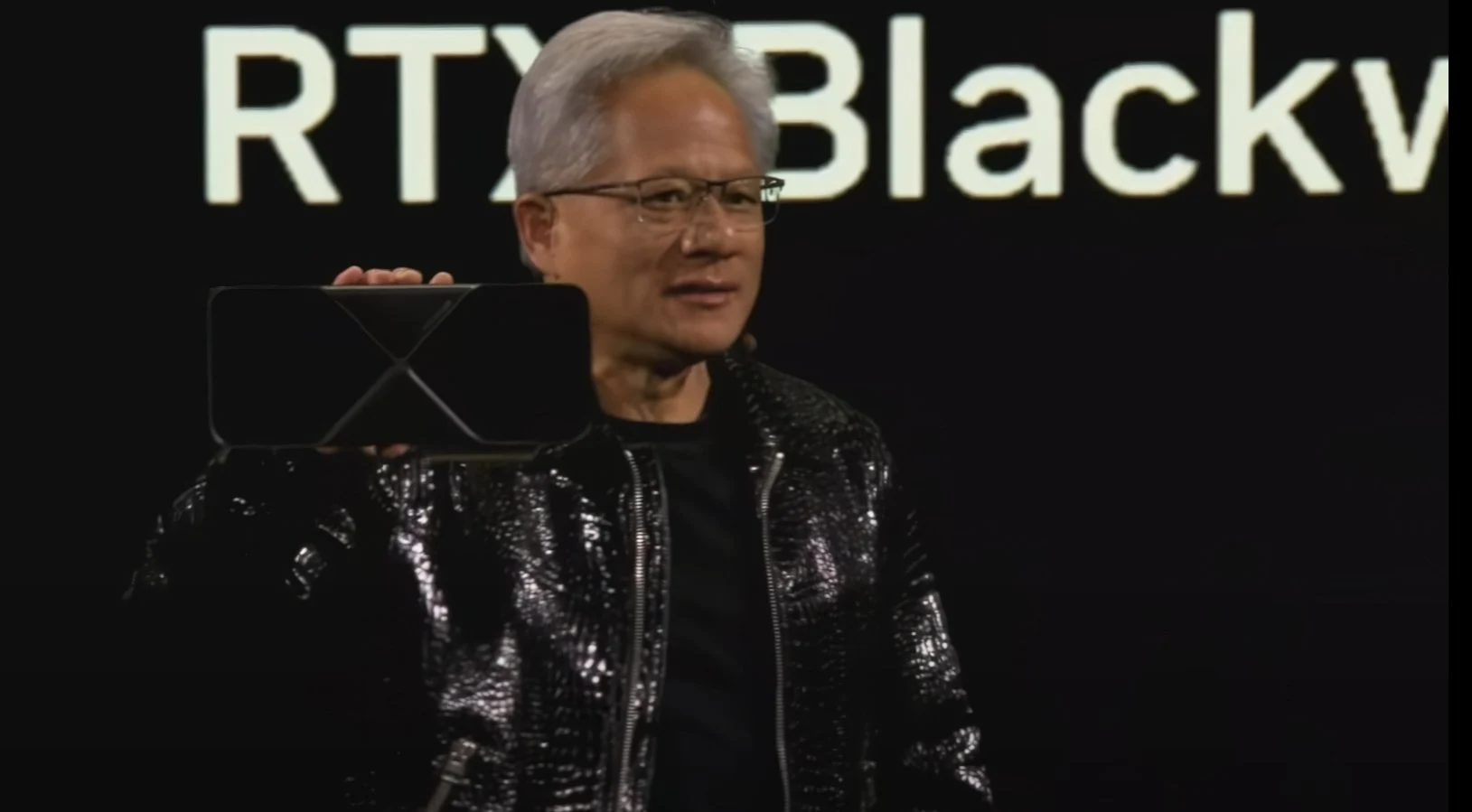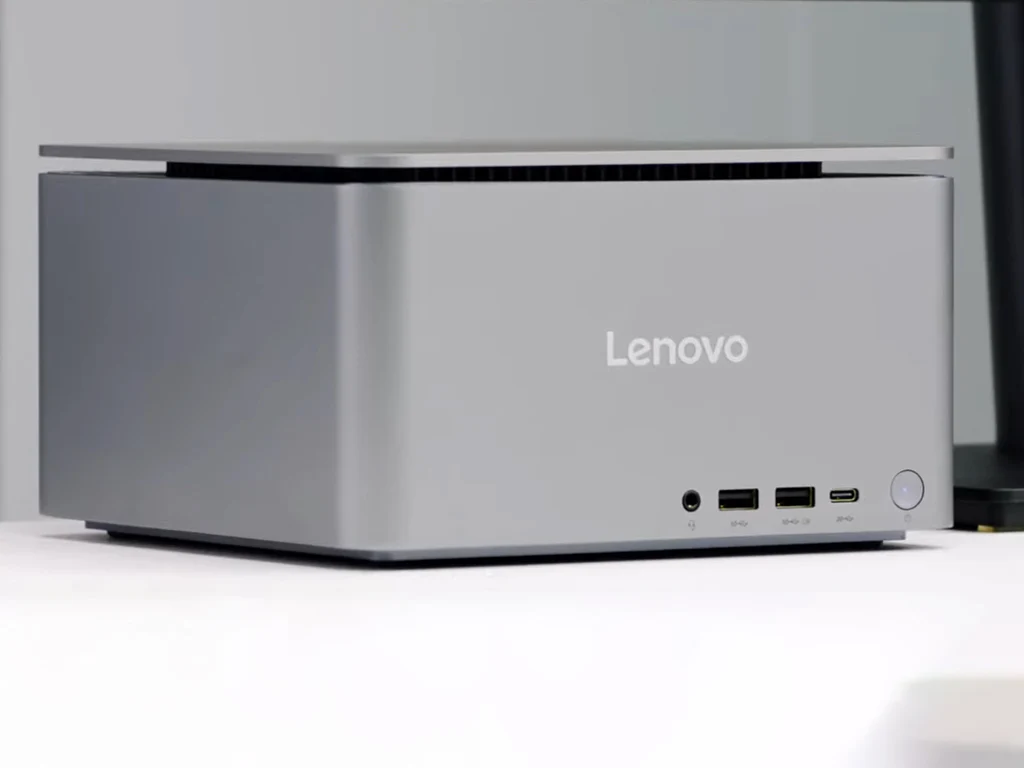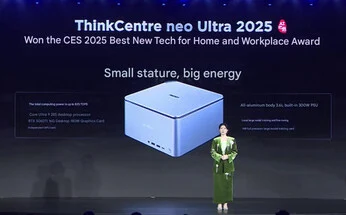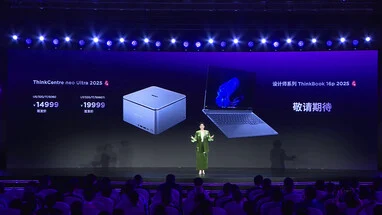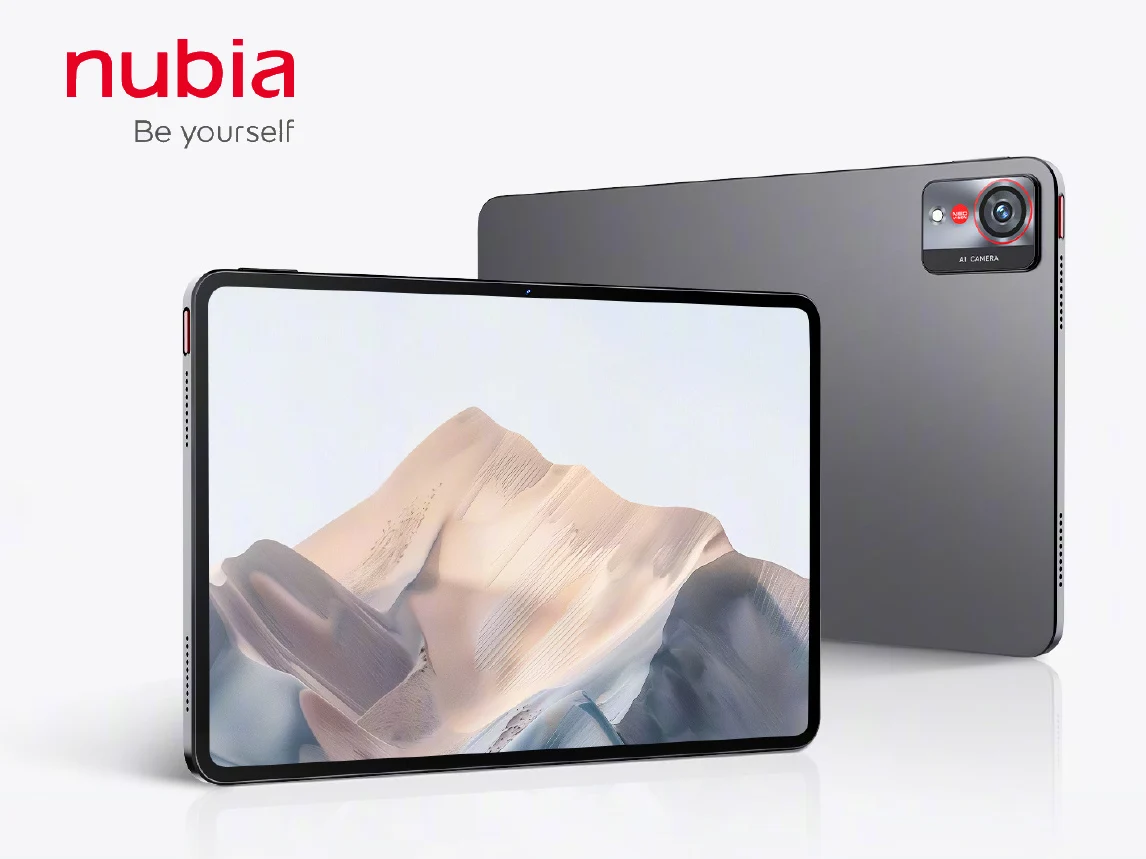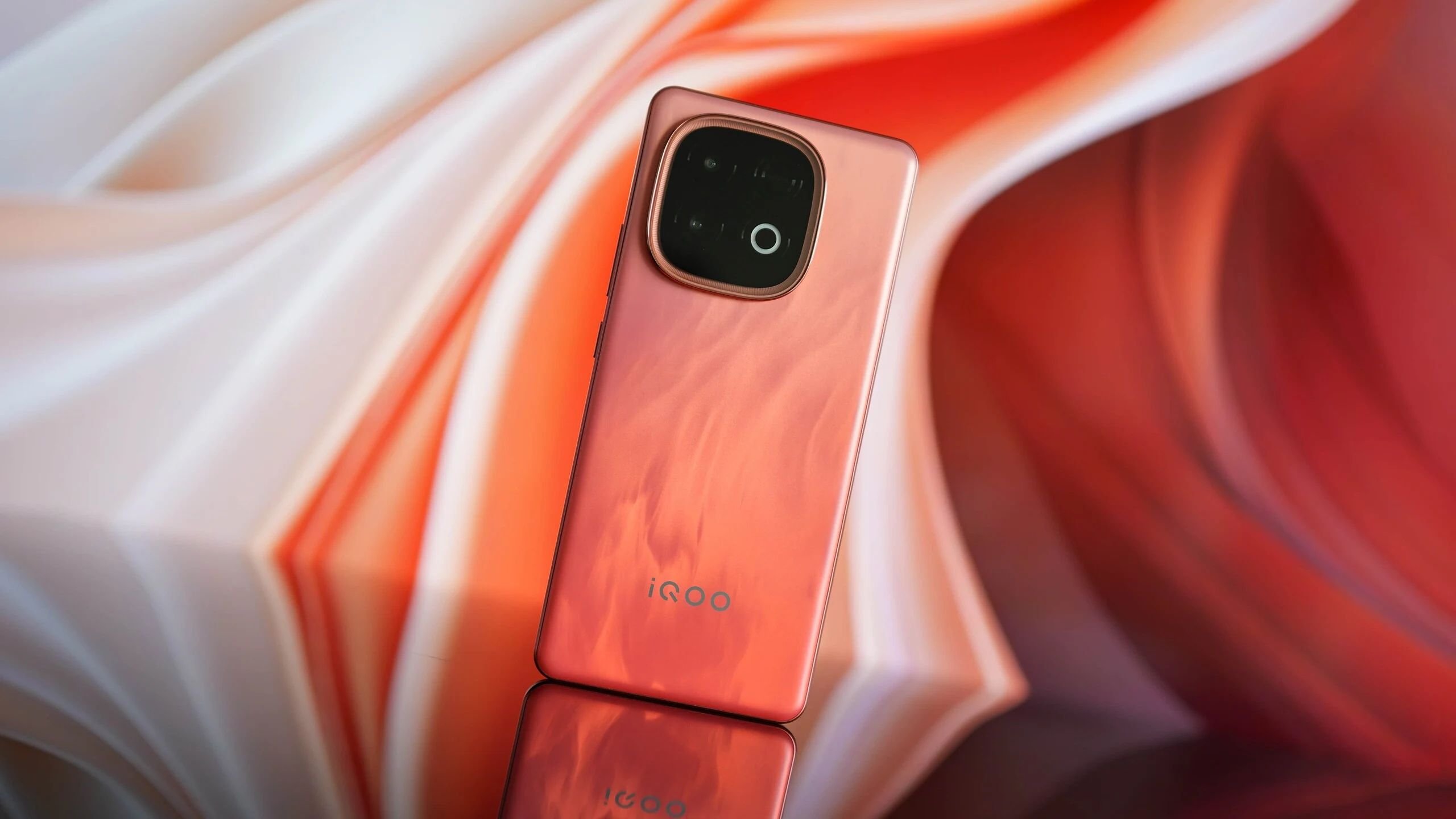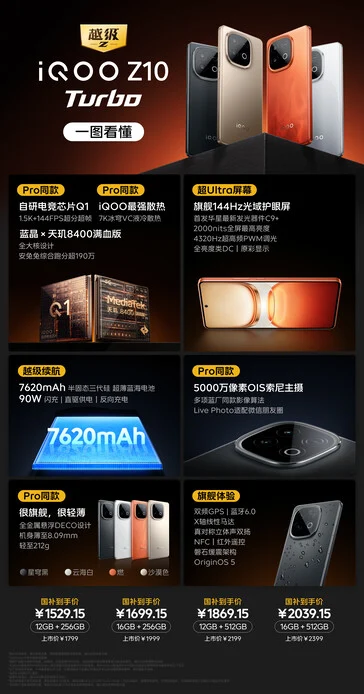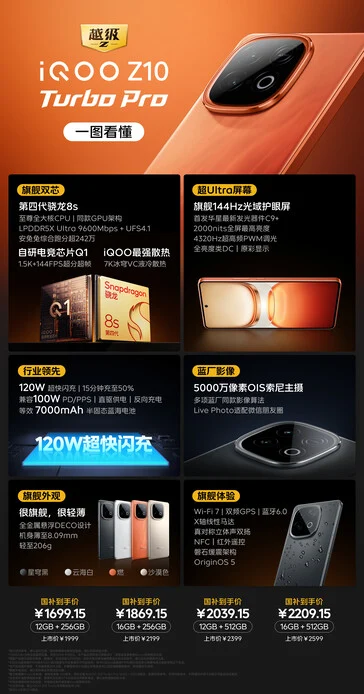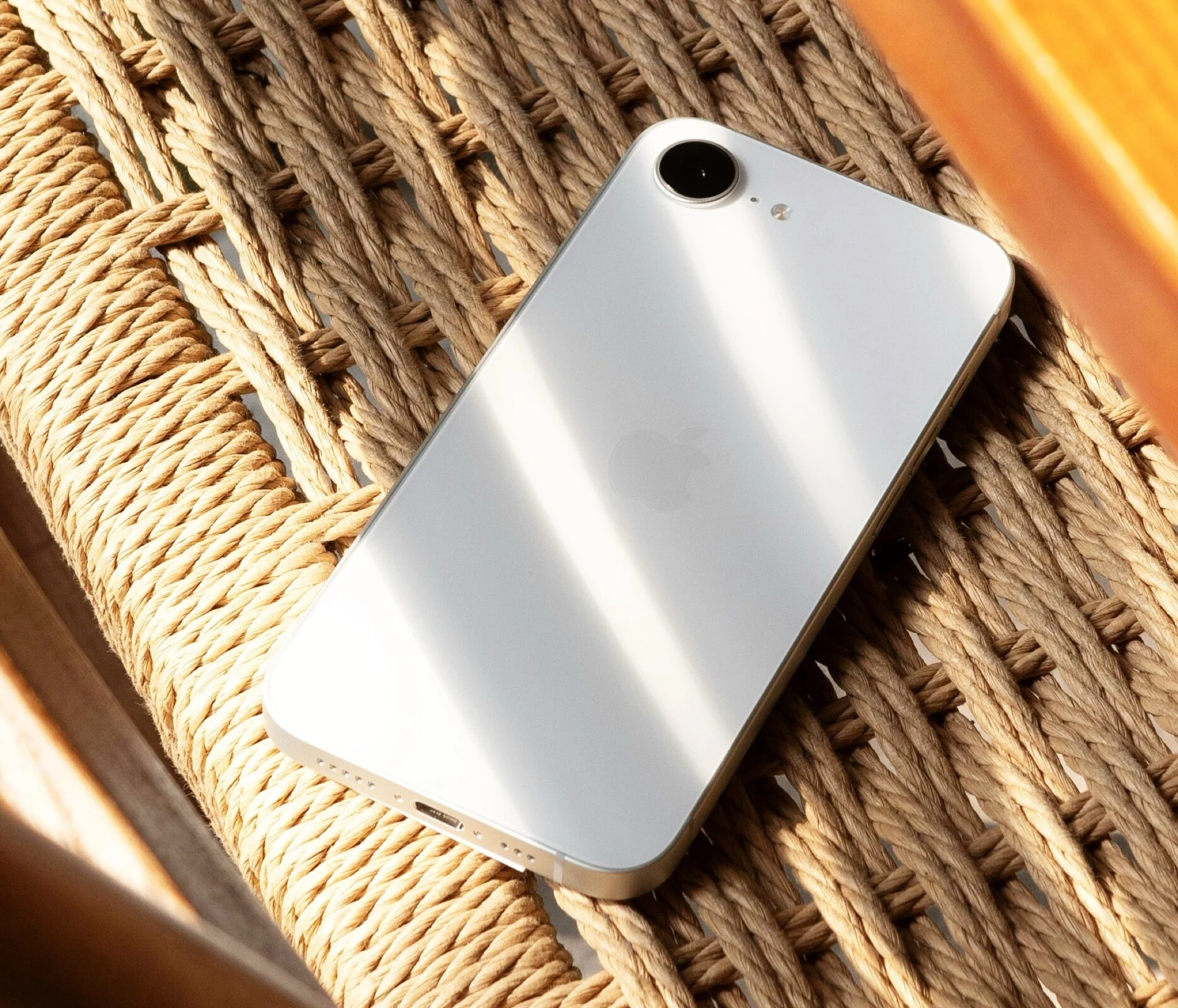Key Takeaways
1. Tesla plans to introduce more affordable models, including a budget-friendly version of the Model Y, with a design similar to the Model Y and Model 3 but not identical.
2. The new Model Y, referred to as project E80, is expected to be priced between $20,600 and $26,000, representing a 30% decrease compared to the current Model Y’s pricing.
3. To reduce manufacturing costs, Tesla will utilize existing production lines and modify the design of the Model 2, which is now on hold due to other projects.
4. The budget Model Y will feature a smaller battery (50-55 kWh) and fewer comfort features, such as cloth seats and reduced audio systems, to keep costs low.
5. Despite the lower price point, the basic specifications like range and acceleration are anticipated to remain similar to those of the current Model Y.
According to the Chief Financial Officer of Tesla and lead engineer Lars Moravy, the company is set to unveil more affordable models that will share a “similar shape and form” to its best-selling electric cars, the Model Y and Model 3, soon.
New Design Insights
However, similar does not mean identical. Recent leaks have revealed the framework and specifications for the more budget-friendly Model Y. A drone flying over Tesla’s Fremont factory has captured images of several body frames resembling the Model Y SUV, although the roof appears to be smaller than that of the popular crossover. Additionally, there is a frame that seems to feature falcon wing doors, hinting at a potential facelift for the Model X.
Another recent sighting shows a disguised vehicle being towed, maintaining the crossover silhouette but with a more sloped rear, similar to what was previously seen at Giga Texas.
Project E80 Unveiled
This aligns with Tesla’s plans for the Model 2, its most affordable car, which was said to look like a smaller version of the Model Y. With Tesla’s sales declining and the Model 2 project being put on hold for the launch of the Cybercab, it seems that the design for Model 2 has been modified to fit the existing production lines.
Lars Moravy mentioned that this approach is aimed at reducing manufacturing expenses to offer the lowest monthly payments for buyers. Instead of creating an entirely new design that would necessitate major retooling or new production lines, Tesla is focusing on leveraging its current setups.
Pricing and Specifications
As the first body frames for the smaller, more affordable Model Y may be taking shape, its specs and pricing have begun to surface from China. Known as project E80, the new compact Model Y could be priced between $20,600 and $26,000, depending on the sources from Tesla’s Shanghai Gigafactory. This pricing is more competitive compared to rivals in the crossover market and represents at least a 30% decrease from the Model Y Juniper facelift in China.
Interestingly, a few weeks ago, rumors surfaced about a budget Tesla vehicle codenamed E41, indicating that the US might see an entry-level Model 3. During the quarterly earnings call, Tesla’s CFO confirmed that the company’s research and development efforts are concentrated on “cheaper models.”
Features and Specifications
To achieve this lower price point for the Model Y, besides downsizing the vehicle, insiders suggest that a more basic version will be released. Initially, the battery will be in the range of 50-55 kWh, which should help in lowering production costs significantly. Despite the smaller battery, the range is expected to remain relatively unchanged due to the lighter weight and smaller wheels.
Many design and comfort features typically found in Tesla vehicles will be absent. Following the trend set by the RWD Cybertruck and Model 3, the cheaper Model Y will likely come with cloth seats that are neither heated nor ventilated. Additional features such as a rear screen, dual-layer acoustic glass, and multicolor ambient lighting will also be removed, and the number of speakers will drop from 15 to seven.
The automatic trunk gate and panoramic glass roof will also be eliminated, yet there’s no confirmation regarding the distinctive exterior light bars that characterize the new Model Y design. The RWD Cybertruck does not include light bars, indicating that the cheaper Model Y may follow suit if Tesla aims to keep costs low.
Conclusion
In essence, the more affordable Model Y will be a “smaller, to be sure” version of the current Juniper refresh, as Elon Musk commented on the Model 2 a few quarters ago, and it will be a basic model in terms of comforts and design features.
Basic specifications like range and acceleration are not expected to differ much, while the price is projected to be around 30% lower, which would place it in the desirable $25,000 to $30,000 range in the US after accounting for federal tax credits.
Source:
Link

